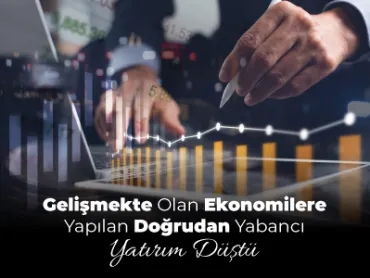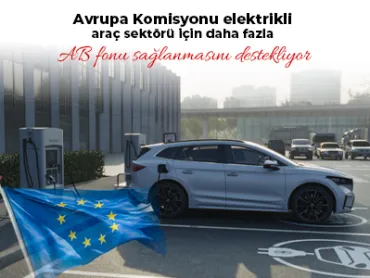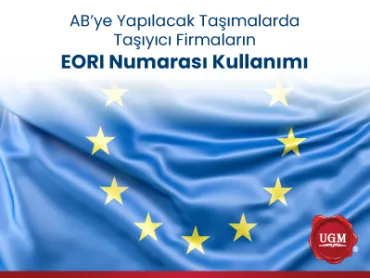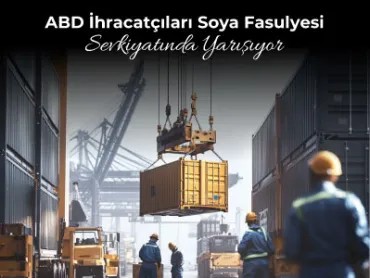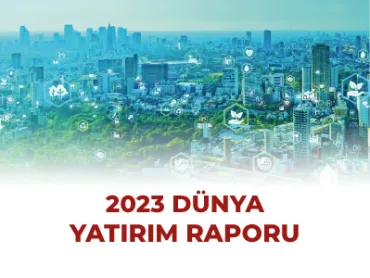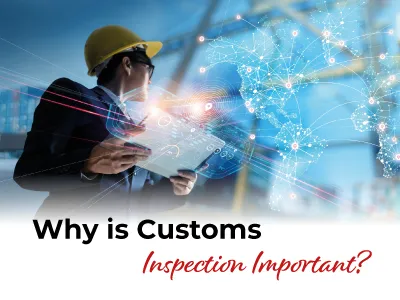
Customs procedures are one of the indispensable elements of international trade. These transactions consist of areas such as taxation, classification, and inspection, which enable the movement of goods and services between countries. The inspection system implemented in the customs legislation for all import-export companies has existed since 2008. This inspection is carried out within the scope of the Post-Control and Risky Transactions Regulation and by customs inspectors. Post-Control includes the control of the compliance of the data declared by the obliged parties to the customs administration with their customs declarations and attached documents, with the company's accounting, financing, and stock records. Customs inspections are carried out regularly. Its purpose is to ensure customs procedures are carried out correctly and fairly.
So What Areas Does Customs Inspection Cover?
Auditing is generally the activities authorized persons or organizations conduct to determine the conformity of the transactions or actions taken with the previously selected principles, rules, and practices. Audit: It can be examined under two headings: tax audit and customs audit.
Tax audit: A tax audit is the investigation and determination of many issues by the tax administration, using various methods, from whether the works arising from tax laws have been fulfilled to whether the tax debt has been paid on time. This audit aims to comply with the principles specified in the tax laws to collect public taxes due to irregularities in a complete and timely manner to secure the tax receivable, if necessary.
Customs inspection: Customs inspection covers all customs procedures. Therefore, all transactions carried out by everyone dealing with customs authorities regarding the entry and exit of themselves, their vehicles, and goods within the framework of customs and other legislation provisions are subject to customs inspection.
Customs Inspection Process
Inspection activities carried out during or after customs procedures mainly include customs inspection during customs procedures and checking the accuracy of the declaration. In addition, the controls carried out for risk management through the summary declaration submitted electronically before the product or goods are subjected to the process or use approved by customs and the follow-up regarding the deficiency or excess of the summary declaration are within the scope of the audit carried out during customs procedures. Customs inspection carried out after customs procedures consist of post-control, second control, and extraordinary reviews upon notice.
In addition, customs and trade inspectors and inspection officers are the primary people responsible for both the execution of customs procedures and the subsequent processes. In addition, customs administrative chiefs' general and enforcement officers also have the authority to supervise passenger transactions and the fight against smuggling.
Thanks to all these steps to be taken in customs inspection processes, customs inspection functions will have a healthy structure, and customs inspections will not be a barrier to foreign trade. In this sense, as Unsped Customs Consultancy , we carry out all the necessary processes on behalf of our customers and offer all our means to deliver your transactions to the target safely.
 Back
Back

